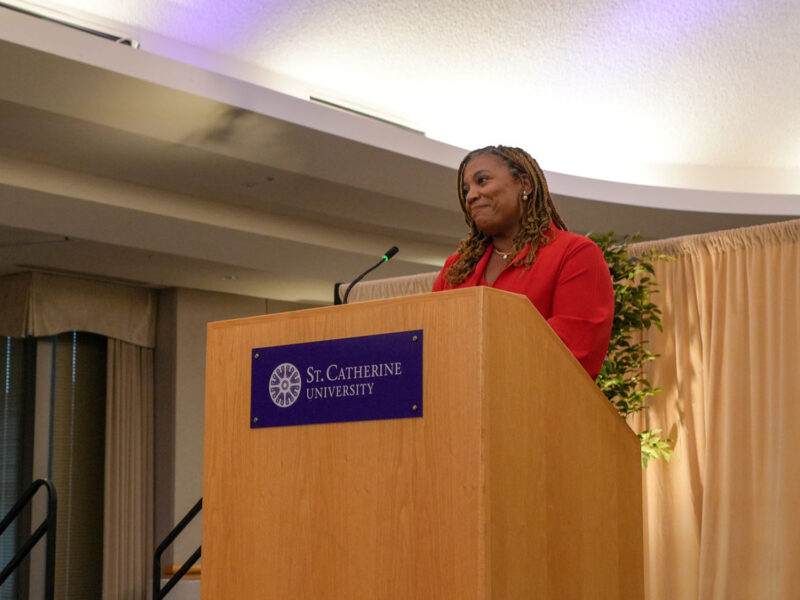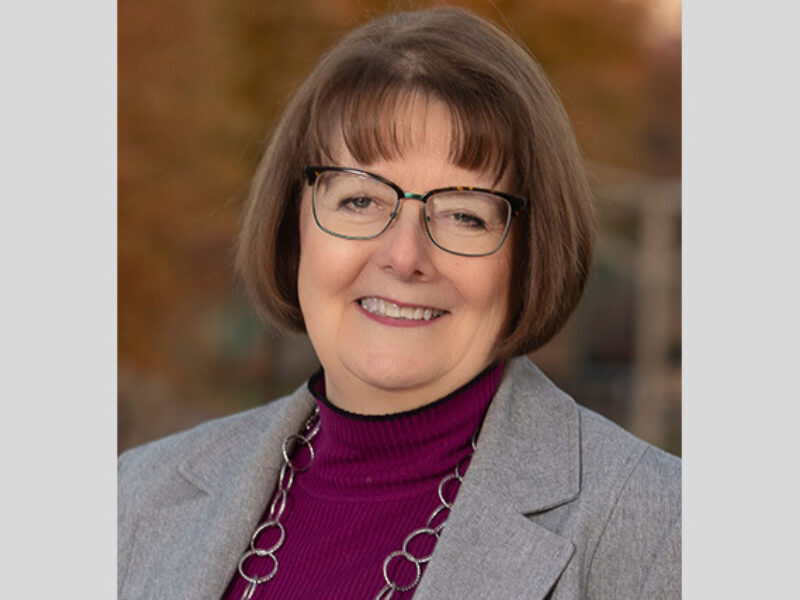Learn how bunching can be beneficial to achieving your clients’ giving and tax goals.

By Jeremy Wells, Senior Vice President of Philanthropic Services
In recent years, you may have encountered scenarios where your clients come to you for advice after receiving a larger than typical infusion of income.
Having a strategic approach to giving allows donors to maximize the amount they can share with their favorite nonprofits and minimize income taxes. Research shows that people do not give because of the associated tax benefits, but a large windfall or liquidity event often creates an opportunity to consider giving in a more significant way. It can also create a sense of urgency to give in a particular tax year.
Consider these high-income triggers:
- Rebalancing of a non-qualified stock portfolio
- Sale of a business
- Sale of real estate
- Employment bonus income
- Receipt of deferred compensation
- ROTH IRA conversion
All of these events can significantly increase taxable income.
They can also trigger a 3.8% Net Investment Tax (NIT) on investment income and Alternative Minimum Tax (AMT). It is important to remember that if your client is subject to AMT, some itemized deductions – such as mortgage interest and state and local taxes – could be eliminated.
A charitable income tax deduction may lower income enough to be able to avoid or minimize both NIT and AMT.
If your client experiences a much higher than usual income in one year, it may be a great idea to consider sharing some of that extra income with their favorite causes to minimize income taxes as well. After all, the extra income gives them the ability to make a larger impact.
Unfortunately, you or your client may not have enough time before the end of the year to decide:
- Where your client wants to give
- How much your client wants to give to a particular institution
- Whether your client’s favorite nonprofits can accept various assets (including non-cash assets)
That's where a donor advised fund may help.
How a Donor Advised Fund Supports Strategic Charitable Giving
A donor advised fund or DAF can solve this time crunch problem – and it can accept a wide variety of assets, including publicly traded securities such as stock and mutual funds, privately held securities, real estate and more.
These kinds of gifts are capital assets that offer the opportunity for a fair market value tax deduction. This is especially attractive if the donated assets are highly appreciated.
In a high-income year, your client could make a larger than usual charitable contribution to a DAF and then distribute grants from it to their favorite causes over time. This practice is often referred to as “bunching.”
Bunching allows a donor the time to carefully consider how they want to distribute their giving dollars among various organizations and allows them to take advantage of a larger charitable deduction during the years it’s most financially beneficial to them.
For an introduction to gift bunching, watch the video below.

So over the last couple of years there's been a lot of conversation around gift bunching or charitable gift bunching and because of the new charitable tax law and the fact that not as many people will be itemizing on their taxes, there is less incentive for some people to maybe make charitable contributions.
For those that want to continue to support nonprofits, causes they care about in community on an annual basis, donor advised funds can actually be a wonderful resource to do that through a bunching technique. In essence, an individual might cluster three years' worth of philanthropy in one year, take that charitable deduction, in essence bunch their contributions in that first year, and then make gifts in subsequent years, make grants out of their donor advised funds to the community. So the nonprofits don't feel that difference, but they can take the standard deduction those off years where they aren't bunching their gifts and then again bunch a few years of philanthropy together to take that charitable deduction.
So it's a strategy we've seen begin to play out over the last couple of years, and we think more and more individuals are likely going to consider donor advised funds as an opportunity to continue to create that stable philanthropic impact in community that nonprofits need while at the same point in time leveraging some of the new tax law as well.
Benefits of Bunching
Even if the amount of the charitable contribution exceeds deduction limitations, your client can carry forward the unused portion up to an additional five years. Gifts of capital assets, such as real estate and securities, can be deducted by up to 30% of you or your client’s adjusted gross income (AGI). Gifts of cash and other ordinary income assets can be deducted up to 60% of AGI*. Both offer the opportunity to carry forward any unused portion to future years.
A DAF can also offer a strategic giving approach for those approaching retirement.
Typically, our highest earning years are those just prior to retirement. In the case of a two-income household this can be doubly true. Higher incomes allow for greater charitable giving potential, but after retirement, income often decreases. Funding a DAF over several high-income years allows retirees to continue to give at pre-retirement levels.
A DAF provides a strategic approach to giving. It can maximize you or your client’s charitable impact and expand flexibility to give over time, all while giving charitable deductions when most valuable.
For more information on how DAFs work, watch this quick video.
At the Foundation, our Philanthropic Services team is here to support your clients and help their gifts go further. We offer expertise on non-cash giving and work closely with our Community Impact team to connect your clients with local nonprofits that match their giving goals. To learn more, call 651.224.5463 or email our team at philanthropy@spmcf.org.
*Cash gift deduction limitation reduces to 50% of AGI beginning in 2025.
The Saint Paul & Minnesota Foundation does not provide tax, legal or accounting advice. Please consult your own tax, legal and accounting advisors regarding your individual situation before engaging in any transaction.
Jeremy R. Wells serves as senior vice president of Philanthropic Services at the Saint Paul & Minnesota Foundation, Minnesota’s largest community foundation. In this role, Jeremy serves as the chief fundraising and donor stewardship strategist. Jeremy has spent his entire career working in philanthropy. He holds both a master’s degree in philanthropy & development and his CFRE certification. Jeremy is an adjunct faculty member at the University of St. Thomas and is a frequently requested speaker and author on a variety of philanthropic topics, including development planning, utilizing volunteers, donor engagement, stewardship, ethics and charitable gift planning.









